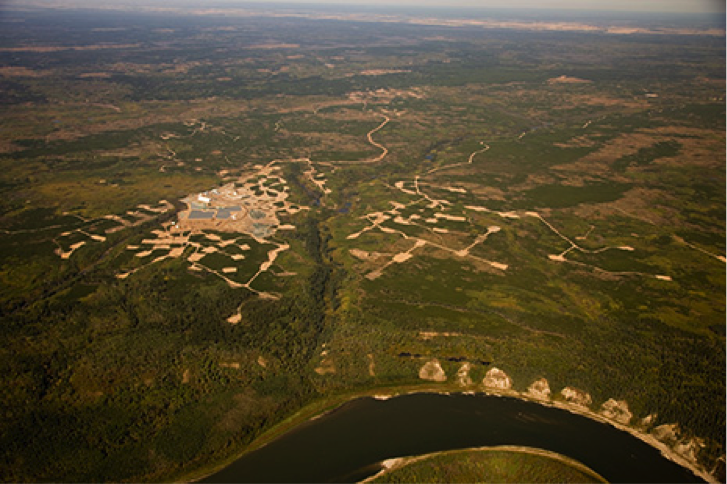
Star Diamond Corp anticipates ‘decades of mining’ at Fort à la Corne diamond district
Analysis by Rio Tinto Exploration Canada (RTEC) confirms kimberlite located east of Prince Albert in the Fort à la Corne forest has the ability to produce type IIa diamonds, which are among the rarest and most valuable earth-grown diamonds in the world.
George Read, the senior vice president of corporate development for Star Diamond recently spoke about the evaluation and exploration work RTEC did over the course of five years at the project site located about 60 kilometres east of the city of Prince Albert.
“They looked at the economics of and conceptually could prepare a mine with a 72 year mine life and a plan that could produce diamonds for almost all of that time – every year from starting with Orion South, then Star and then Orion North – remembering that Orion North has 500-million tonnes of kimberlite. It’s a huge body,” he said during an interview with CEO.ca. “So, we’re talking of a future project where we can probably have decades of mining.”
Read said he’d like to think shovels could be in the ground within four or five years. Between now and then, another feasibility study will need to be completed.



